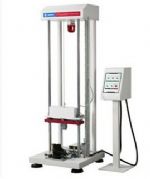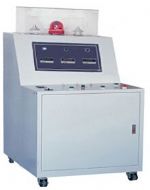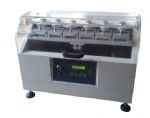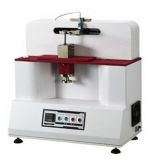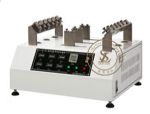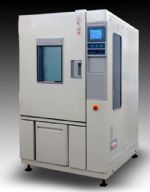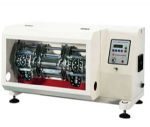- Product Catagory
- Tensile Strength Testing Machine
- Cables Flammability Testing Equipment
- Building Materials Flammability Testing Equipment
- Luggage Test Machine
- Textile Testing Equipment
- Color Fastness Instruments
- Textile Physical Test Instruments
- Lab Dyeing Instruments
- Flammability Test Chamber for Textile
- Consumables for Textile Testing
- Toys Safety Testing Equipment
- Physical & Mechanical Testing
- Flammability Testing
- Clamps for Toy Testing
- EN71-8,ISO8124-4
- Furniture Testing Machine
- Chair Testing Machine
- Mattress Testing Machine
- Furniture Testing Equipment
- Tables Test Machines
- Enviromental Chamber
- Leather and Footwear Testing Instruments
- Mobile Phone Testing Equipment
- Contact us
- Tel:86-769-23830463,86-13751491529
- Fax:86-769-38818154
- Contact:Ivy Xie
 [email protected]
[email protected] - Msn
 [email protected]
[email protected] Whatsapp +8613751491529
Whatsapp +8613751491529- Skype
 skylineinstruments
skylineinstruments happy_go_lucky4477
happy_go_lucky4477
- Site:Home > Leather and Footwear Testing Instruments > SL-L105 Footwear Testing Equipment EN Sole Flexing Tester
- Product Images
- detailed description
Footwear Testing Equipment EN Sole Flexing Tester
Please review video of the EN Sole Flexing Tester as below link:
https://www.youtube.com/watch?v=3BkSu-g1fHs
Use
Install the sole test piece on the EN sole flexing testing machine, so that the incision falls just above the center of the rotating shaft of the EN sole flexing testing machine, and drive the test piece on the shaft through the machine to stretch flexing (90±2)º .After a certain number of tests, measure the length of the incision of the test piece, and evaluate the torsion resistance of the test sole by the growth rate of the incision.
Technical parameters
Test number
Three outsole can be tested at the same time
Flexing degree
(90±2)º
Speed
(5 to 150)r/min adjustable
Volume
1000*300*530mm
Diameter of flexing shaft
30mm
Weight
118kg
Power
190w
Power supply
AC220V,10A
Standards
GB/T2099 ,EN ISO 20344,EN ISO17707,EN-344 and SATRA TM161
Parts list
1 cutter, 1 power cord, 1 wrench and 1 manual(In English).
Video: https://youtu.be/FR_nB_fKfoc
How can you tell the sole material of a shoe?
Weight: RUBBER (rubber) is the heaviest, PU, EVA is the lightest. Material: PU is expensive, EVA, TPR is moderate, PVC is the cheapest. Processing: TPR is made into a shape, while PVC to be processed, ABS is generally high-heeled shoes material, expensive and hard.
What is a Flex shoe?
Horizontal grooves in the forefoot of running shoe midsoles are called flex grooves. As the name implies, flex grooves are designed to promote forefoot flexion across the metatarsophalangeal joints (MPJs). In many cases of forefoot pain, however, this is exactly where you don't want the shoe to bend.

- Related ProductsMore>>





